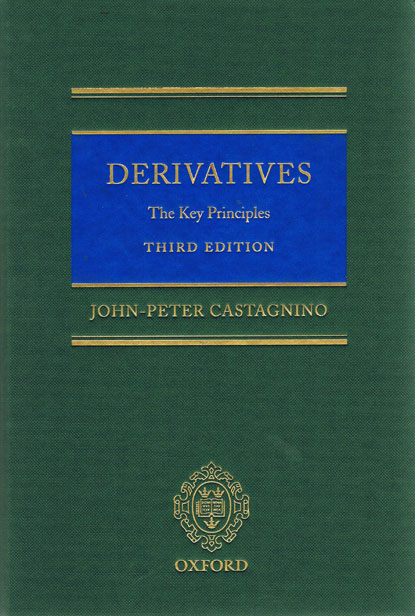
This book is a practical guide to derivatives, setting out a straightforward and easily understood explanation of the basic concepts, the different types of derivative product, who uses derivatives, and why and how derivatives are used. The book explains both more established products (such as futures, options, and swaps) and more innovative products (such as CPPI structures and those derivative contracts used as financing tools). The expansion of the derivative market to cover different underlying assets (such as freight, power trading, emissions trading, and hedge funds) is explored.
The author provides guidance as to the legal and regulatory treatment of derivatives. The book looks at the key documents that are used in both the exchange-based and over-the-counter (OTC) markets and explores the important materials published by ISDA .The book also discusses other related topics including the accounting and tax treatments of derivatives.
The book considers the background to current legal trends, including the developing strand of English case law on claims for the misselling of derivative products and the retail offer of derivatives, which has recently been the subject of considerable debate within the financial services industry.
The third edition includes a new discussion of the retail offer of derivatives, and discusses a greater number of derivative products (including CPPI structures, derivatives used as financing tools, power trading, emissions trading, multi-asset derivatives, fund-linked derivatives, derivatives based on "computed data", and the different wrappers" in which derivative exposures are made available).
It provides greatly expanded discussion of the ISDA documents used in the over-the-counter (OTC) market and looks in more detail at the duty of care (selling and misselling, including the recent decision in the "Springwell" litigation).